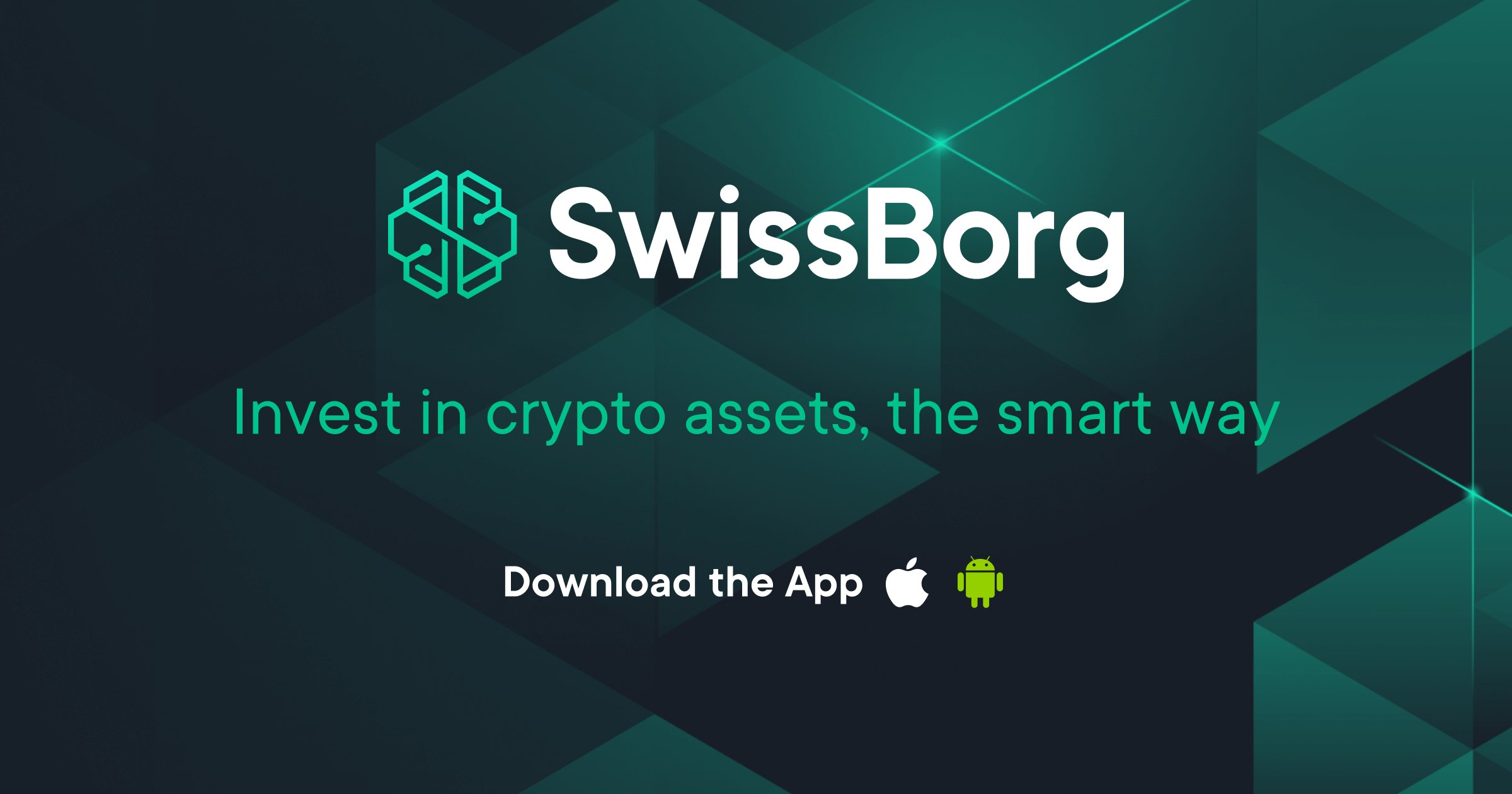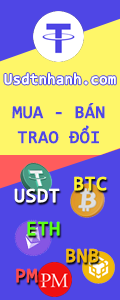What is the CyBorg Predictor?
Introduction
This article is the first of a series aiming to provide our community with insight into the work done by the SwissBorg Investment team. We will be introducing machine learning and swarm intelligence applied to the investment space of cryptocurrencies with the final goal of creating a new enhanced bitcoin Index.
Predicting bitcoin trends is no easy task; you may wonder if it is not better to toss a coin. But instead of making you do that the Community app has, within the Daily Bitcoin Analysis available in the learn tab, two intrinsic indicators: the Community and the CyBorg Predictor.
The Community trend provides the dominant pattern of other players' forecasts over the last 24 hours: are the majority of forecasts "up" (bullish) or "down" (bearish)?
The CyBorg is a more complex algorithm that analyses the precedent prices to predict what is likely to happen next. Below, you can see how it can be built.
What is machine learning?
The CyBorg Predictor is a class of machine learning algorithm. It uses what is known as training data, the data for which we know what to expect, to learn. One common example is image recognition, where the model needs to predict the presence of a cat on an image.
machine learning diagram 1
In our case, the training data is made of timeframes of the historical bitcoin prices and the solutions: did it go “up” or “down” 24 hours later which would correspond to “A Cat” or “Not a Cat”. The model will train, meaning it will try to tune its own parameters to maximise the correct predictions on the given data.
machine learning diagram 2
Once we have this model that has learned, it is possible to give it a new data point. The model will use the found parameters to give the expected solution.
Similarly to us, the model performs better the more it sees data and the closer it gets to the new ones to predict. Imagine if cars start looking like planes we might be confused by labelling them cars.
So, if those programs learn from experience why aren’t we better? Well, computers can store a massive amount of information, and reuse it very precisely. Furthermore, they can come up with many combinations of data that we never fathomed.
For example, technical indicators in finance have been studied for years and investors have tested them in many market scenarios before qualifying them as good or bad. Machine learning can potentially use all the data to calculate tons of new “indicators”, test and update them to reach the one working the best in just a few seconds.
However, stock market data are hard to model. Unlike images, there is a lot of noise present in the data. Many factors influence the supply and demand, and therefore the trend which can influence the factors back. Capturing all of them is impossible. On the contrary, on an image, all the information is available to make the prediction.

 swissborg.com
swissborg.com
Introduction
This article is the first of a series aiming to provide our community with insight into the work done by the SwissBorg Investment team. We will be introducing machine learning and swarm intelligence applied to the investment space of cryptocurrencies with the final goal of creating a new enhanced bitcoin Index.
Predicting bitcoin trends is no easy task; you may wonder if it is not better to toss a coin. But instead of making you do that the Community app has, within the Daily Bitcoin Analysis available in the learn tab, two intrinsic indicators: the Community and the CyBorg Predictor.
The Community trend provides the dominant pattern of other players' forecasts over the last 24 hours: are the majority of forecasts "up" (bullish) or "down" (bearish)?
The CyBorg is a more complex algorithm that analyses the precedent prices to predict what is likely to happen next. Below, you can see how it can be built.
What is machine learning?
The CyBorg Predictor is a class of machine learning algorithm. It uses what is known as training data, the data for which we know what to expect, to learn. One common example is image recognition, where the model needs to predict the presence of a cat on an image.
machine learning diagram 1
In our case, the training data is made of timeframes of the historical bitcoin prices and the solutions: did it go “up” or “down” 24 hours later which would correspond to “A Cat” or “Not a Cat”. The model will train, meaning it will try to tune its own parameters to maximise the correct predictions on the given data.
machine learning diagram 2
Once we have this model that has learned, it is possible to give it a new data point. The model will use the found parameters to give the expected solution.
Similarly to us, the model performs better the more it sees data and the closer it gets to the new ones to predict. Imagine if cars start looking like planes we might be confused by labelling them cars.
So, if those programs learn from experience why aren’t we better? Well, computers can store a massive amount of information, and reuse it very precisely. Furthermore, they can come up with many combinations of data that we never fathomed.
For example, technical indicators in finance have been studied for years and investors have tested them in many market scenarios before qualifying them as good or bad. Machine learning can potentially use all the data to calculate tons of new “indicators”, test and update them to reach the one working the best in just a few seconds.
However, stock market data are hard to model. Unlike images, there is a lot of noise present in the data. Many factors influence the supply and demand, and therefore the trend which can influence the factors back. Capturing all of them is impossible. On the contrary, on an image, all the information is available to make the prediction.

All you need to know about SwissBorg | SwissBorg Blog
The SwissBorg blog brings you the latest articles about the SwissBorg app, the BORG token and educational content to improve your crypto and blockchain knowledge
























